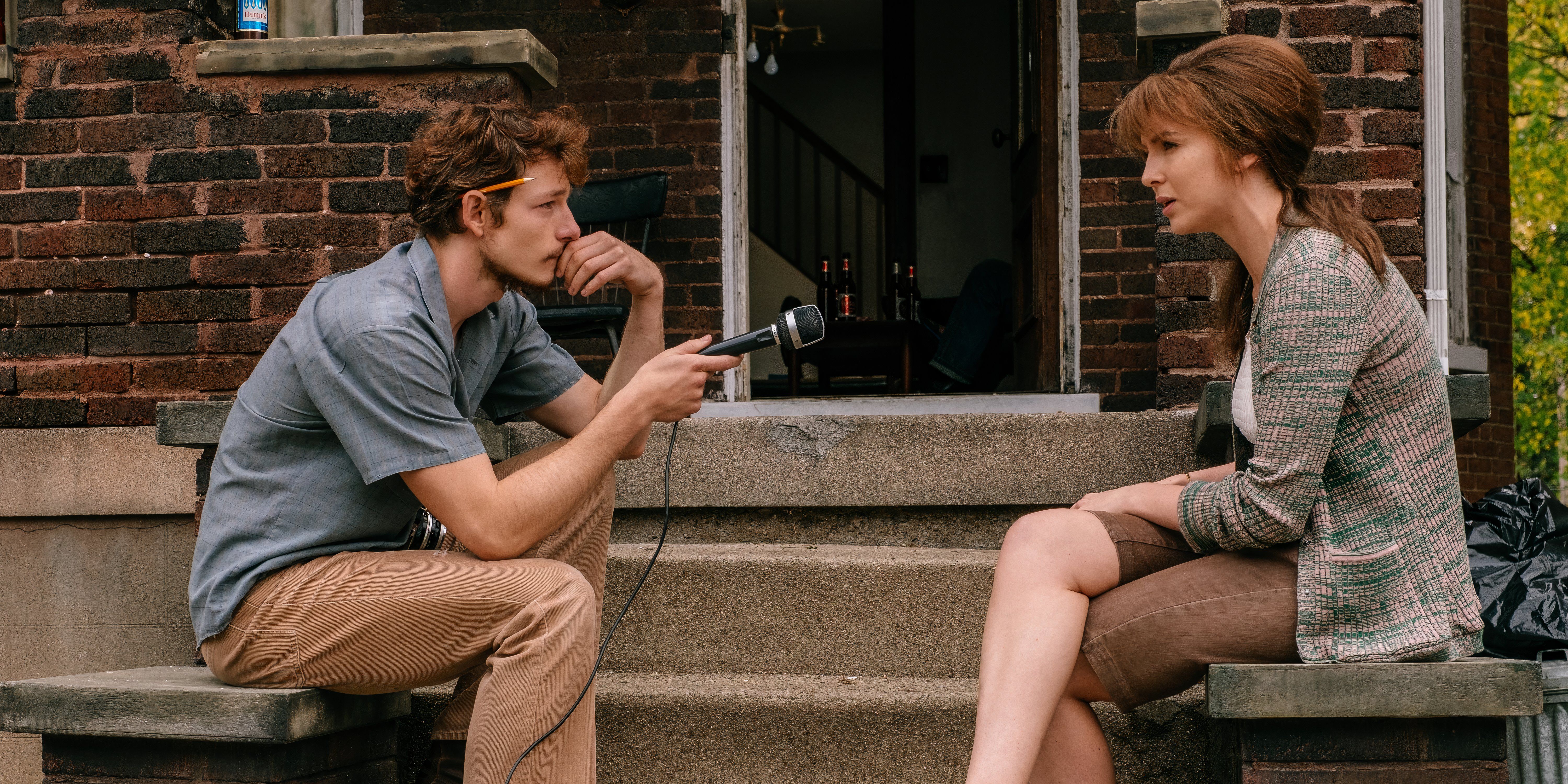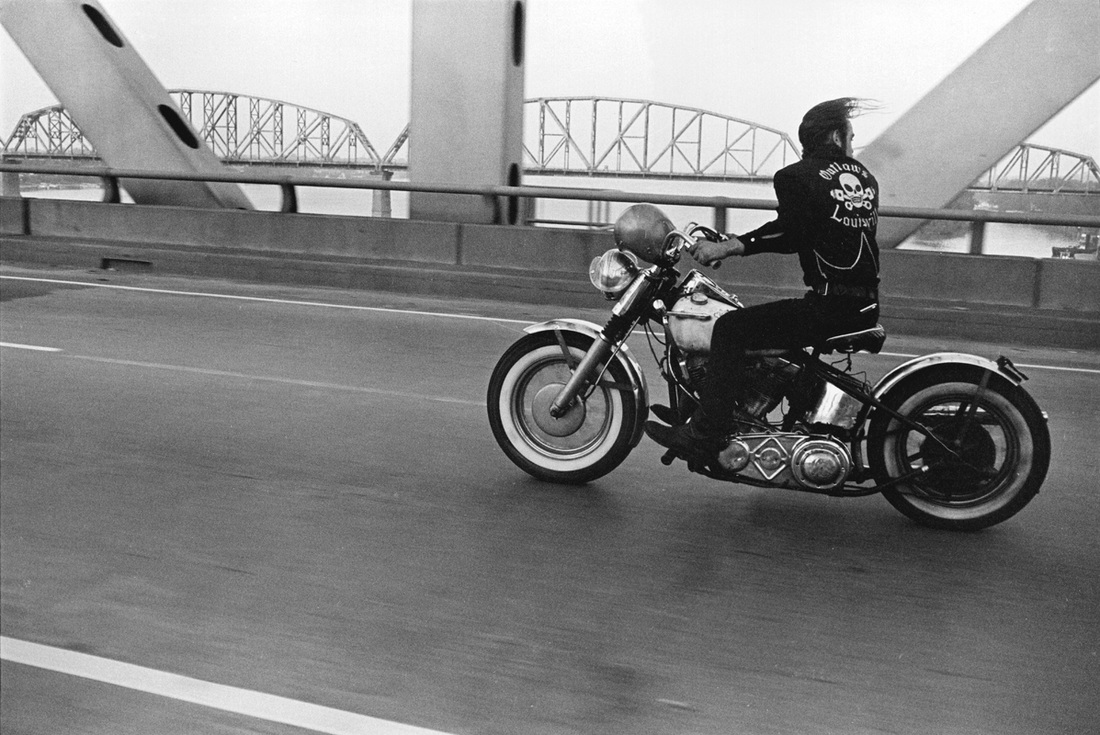The Bikeriders: An image speaks a thousand words
The Bikeriders: Digging under the surface
Jeff Nichols’ recent film is inspired by Danny Lyon’s photobook of the same name: The Bikeriders. What Nichols attempts with this film is to translate Lyon’s still images not just into moving pictures, but to bring to the forefront the stories and the characters in front of the lens. It starts with some photos, and a series of interviews with a woman who knows who to tell a good story.
There’s an air of legend or myth around this story. There are many layers of storytelling we’re asked to pass through to get to the heart of the characters, this elite club we’re thrown into the midst of without any time to brace ourselves, and the photographic evidence of a group of experiences that feel impossible to tie down. This film gives us a glimpse into these people’s lives, putting various pieces together to try and construct a story. In many ways I feel that’s what our own life stories are like; we are patchwork quilts and jigsaw puzzles, perceived differently by every person we encounter, mythical because unknowable. The Vandals live extraordinary lives, but we only see this from the small insights Lyon’s photos and interviews (and now Nichols’ film) give us.
The characters in this film feel both tossed around by fate and acutely aware of their own decision-making ability. Each of them through the course of the film makes decisions which determine tangible outcomes in their lives - for better or worse (often for worse). And the violence and threat we see in this film isn’t just there to satisfy some perverse hunger for blood but to make us question what we consider ordinary or natural in our lives. Is getting into a brawl outside a bar as normal as doing laundry or sipping coffee? From the perspective of Lyon’s interviews, all we’re trying to do is find out what happened, and then what happened next. The details come through of their own accord. Good stories are like that. At its core, we just want to know what happened next, but the meaning and significance of it all is embedded in the story, not superimposed on its surface.
Think about the many ways we consume and construct stories in our day to day lives. Stories are in conversations we have, the exchange of glances across a campfire or kitchen counter, in books and films and songs, in photographs and on film and on tapes. Lyon’s pictures of the Vandals aren’t just pictures. He makes us stop and think about who these people are. How did they get there? What did they do? How did it feel? What did it cost? What did it mean to them? Life surrounds us with stories and storytellers. Sometimes we need to look in unusual places, talk to people we would never normally engage with, to find stories that truly move us.




Comments
Post a Comment